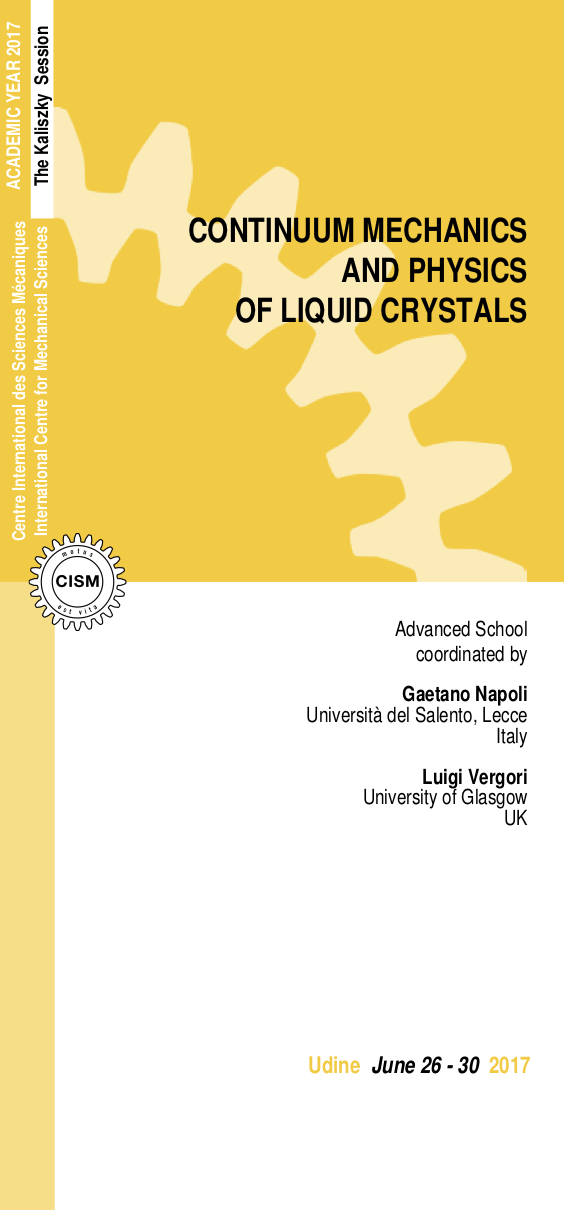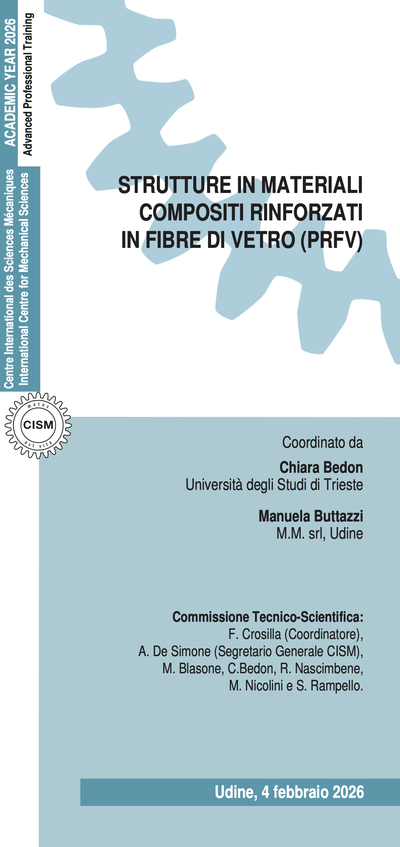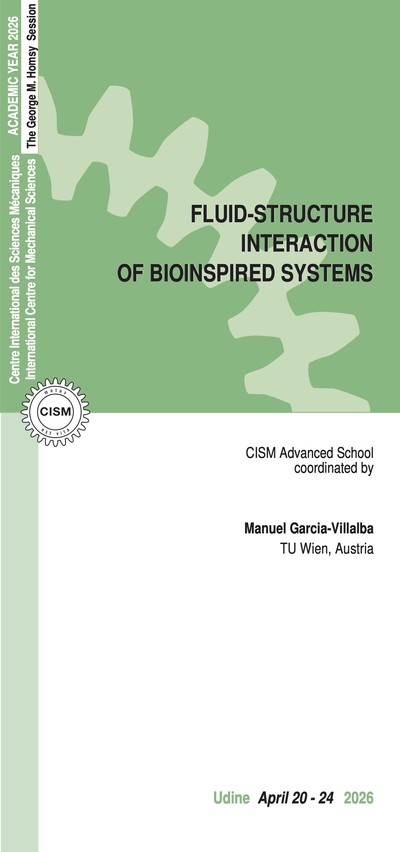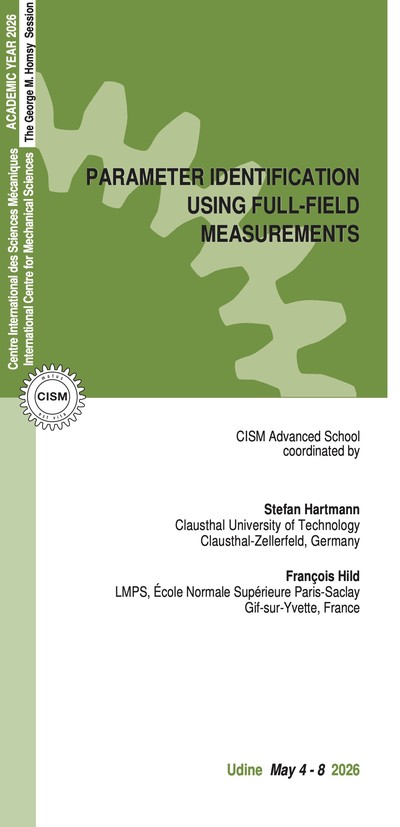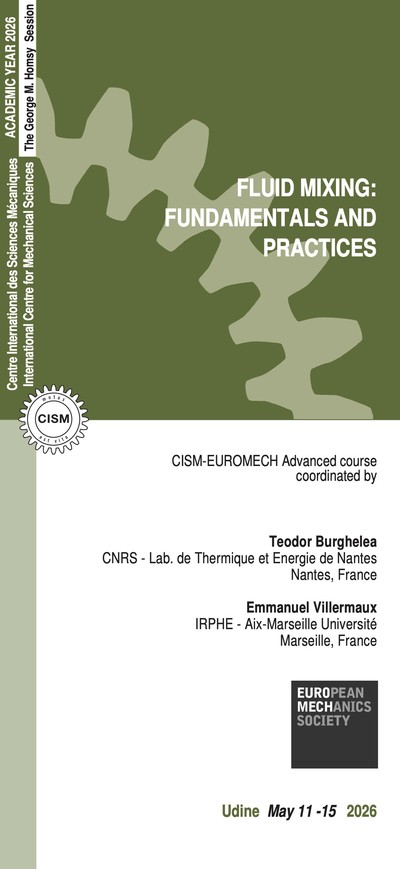Liquid crystals (LCs) are matter in a state that exhibits intermediate physical properties between those of conventional liquids and those of solid crystals: they may flow like a liquid, but their molecules may be oriented along a common direction like in a crystal. The particular shape of LCs renders the molecules very sensitive to the presence of physical boundaries and to the action of magnetic or electric fields. Depending on the magnetic properties of the LC, molecules may reorient along, or normally to, the direction of the field. In particular, the sudden application of a field switches on/off the transmission of polarized light. Thus, LCs may find wide applications in computer monitors, flat-panel televisions, cell phones, calculators and watches. The classical mathematical theory of LCs (that concerns only statics) is a continuum theory based on the pioneer works by Oseen (1933), Zocher (1933) and Frank (1958). The continuum dynamical theory is instead due to the independent contributions by Ericksen (1962) and Leslie (1968). These theories use a single order parameter, called the director, a unit vector pointing along the average microscopic molecular orientation. Many phenomena in LCs fit well within the classical description. However, the transition from ordered to disordered states escapes the director theory. The classical microscopic description of defects and surface phenomena yields undesired results as well. The more recent order-tensor theory put forward by de Gennes (Nobel Prize laureate in physics in 1991) in two works (dated 1969 and 1971) focuses on the orientational probability distribution, and introduces the measures of the degree of orientation and biaxiality. This theory was reformulated rigorously by Ericksen (1991). Recent studies have shown the inadequacy of classical continuum theories to study: - the geometry and topology of active liquid crystals under confinement, - the mechanics of ultra-thin nematics deposited on curved substrates (nematic shells), - the anisotropic elasticity and dynamic relaxation of LCs. On the contrary, these phenomena can be studied by means of suitable generalizations or adaptations of existing classical models or thanks to novel more complex theories. The course aims at providing carefully crafted overviews of classical and novel continuum theories for LCs to study topological defects, equilibrium textures, active flows and acoustic wave propagation. The lectures will include surveys of relevant differential geometry and analytical methods that are essential to a proper understanding, in addition to overviews on the mathematical modelling of the subject from various perspectives. Representing a "tour d’horizon" on the physics of LCs, the presentations will highlight the efficiency of continuum theories in modelling real world phenomena. The course is addressed to doctoral students, post-doctoral researchers and academics interested in the use of continuum mechanics to model, analyse and understand the physics and mechanics of liquid crystals.
Manfredo P. do Carmo. Differential Geometry of Curves and Surfaces. Prentice-Hall, Englewood Cliffs, NJ, 1976. T. Lopez-Leon, V. Koning, K. B. S. Devaiah, V. Vitelli, and A. A. Fernandez-Nieves. Frustrated nematic order in spherical geometries. Nat Phys, 7(5):391–394, 5 2011. M. C. Marchetti, J. F. Joanny, S. Ramaswamy, T. B. Liverpool, J. Prost, Madan Rao, and R. Aditi Simha. Hydrodynamics of soft active matter. Reviews of Modern Physics, 85(3):1143–1189, 2013. G Napoli and L Vergori. Extrinsic curvature effects on nematic shells. Phys. Rev. Lett., 108(20):207803–, 05 2012. I. W. Stewart. The static and dynamic continuum theory of liquid crystals: a mathematical introduction. Taylor & Francis, London and New York, 2004. E G Virga. Variational Theories For Liquid Crystals Variational Theories For Liquid Crystals. Chapman-Hall, London, 1994.
Paolo Biscari (None)
6 lectures on: Relaxational dynamics of nematic liquid crystals. In this course we explore a novel hydrodynamic theory which includes both anisotropic elasticity and dynamic relaxation. Liquid remodelling is encompassed through a continuous update of the shear-stress free configuration. The theory will be then specialized to analyse the hydrodynamic response of nematic liquid crystals.Samo Kralj (None)
6 lectures on: Topological defects in 2D nematic films: electrostatic analogy. A study of topological defects within effectively two-dimensional (2D) liquid crystal films exhibiting in-plane orientational ordering will be presented. Popular examples of such class of systems are liquid crystalline shells and various biological membranes. The model free energy in terms of nematic tensor order parameter and curvature tensor will be introduced. It will be also demonstrated how different shapes of closed films could be obtained experimentally.Gaetano Napoli (None)
5 lectures on: Surface free energies for liquid crystalline shells. The course focuses on models for the free energy density of two-dimensional liquid crystals lying on curved substrates. Both director and tensor order theories will be presented. We will discuss the influence of the curvature of the substrate on the alignment of the molecules.Tim Sluckin (None)
6 lectures on: Biaxial nematic liquid crystals: Biaxial nematics have their molecules differentially oriented along two axes. The course focuses on mean field theories on biaxial phases and their implications on order parameters and phase transitions.Luigi Vergori (None)
6 lectures on: Differential geometry of nematic shells. Brief description: The course aims at introducing the basic results in the differential geometry of nematic shells. The results presented are essential to the derivation of models for the free energy density of thin liquid crystalline films.Vincenzo Vitelli (None)
6 lectures on: Geometry and topology of active liquid crystals under confinement. The course will cover the geometry and topology of active liquid crystals under confinement. First we will discuss how the shape of a micro channel can influence active flow. Second we will review the topological features of the excitations and explore connections with the physics of topological insulators.